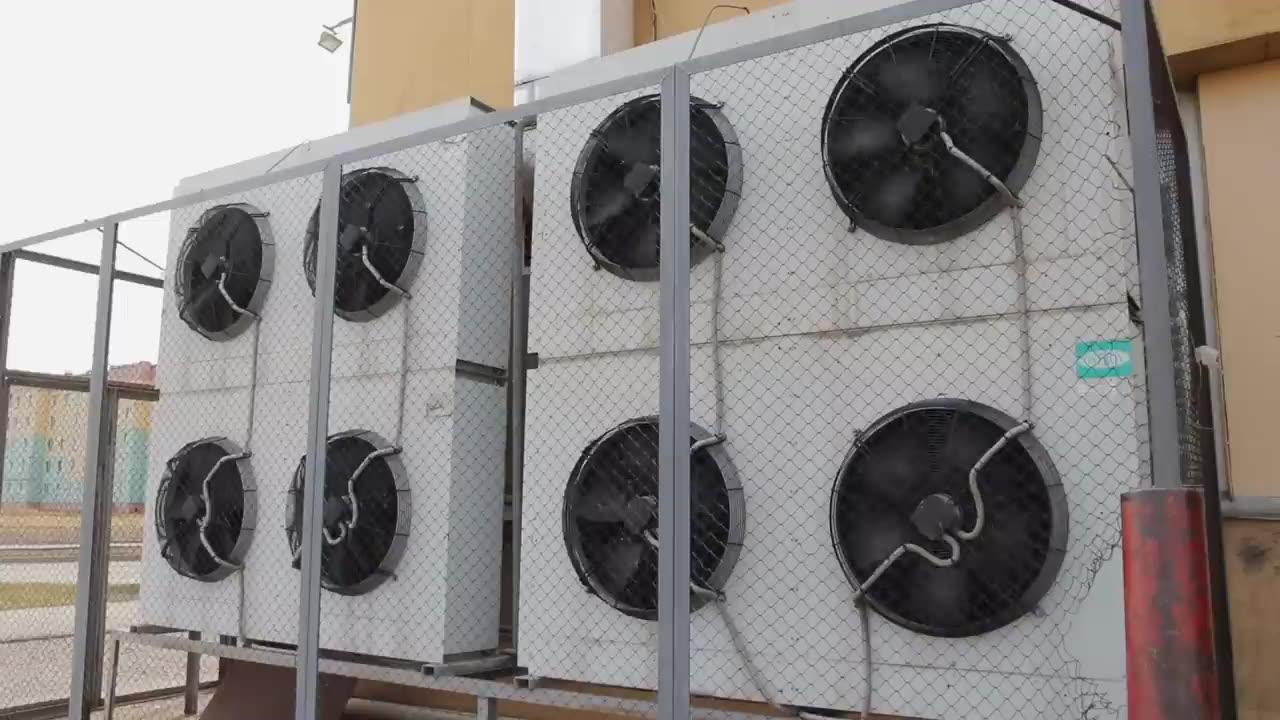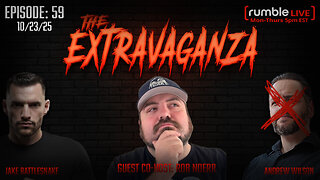Premium Only Content

What's Going on with the Hole in the Ozone Layer We Asked a NASA Expert
The ozone layer is a region of Earth's stratosphere that absorbs most of the Sun's ultraviolet radiation. It contains high concentrations of ozone (O3) relative to other parts of the atmosphere, although still small in relation to other gases in the stratosphere. The ozone layer contains less than 10 parts per million of ozone, while the average ozone concentration in Earth's atmosphere as a whole is about 0.3 parts per million.
The ozone layer is important because it protects life on Earth from ultraviolet radiation. Ultraviolet radiation can cause skin cancer and cataracts in humans, and it can also damage plants and animals.
In the 1970s and 1980s, scientists discovered that human activities were depleting the ozone layer. This depletion was caused by the release of ozone-depleting substances (ODS) into the atmosphere. ODSs include chlorofluorocarbons (CFCs), halons, and methyl bromide.
CFCs were used in a variety of products, including refrigerators, air conditioners, and aerosol sprays. Halons were used in fire extinguishers, and methyl bromide was used as a pesticide.
When ODSs are released into the atmosphere, they break down and release chlorine and bromine atoms. These atoms can then destroy ozone molecules.
In 1987, the international community signed the Montreal Protocol on Substances that Deplete the Ozone Layer. The Montreal Protocol is a binding agreement that phases out the production and use of ODSs.
As a result of the Montreal Protocol, the ozone layer is slowly recovering. However, the ozone hole over Antarctica is still present. The ozone hole is expected to close completely by the middle of the 21st century.
We asked a NASA expert about the latest news on the ozone hole.
NASA Expert: The ozone hole over Antarctica has been shrinking in recent years, and it is expected to close completely by the middle of the 21st century. This is good news, but it is important to continue monitoring the ozone layer and to take steps to protect it.
Here are some things that you can do to help protect the ozone layer:
Avoid using products that contain ozone-depleting substances.
Recycle and dispose of ozone-depleting substances properly.
Support policies that protect the ozone layer.
By taking these steps, we can help to ensure that the ozone layer continues to protect life on Earth.
-
 LIVE
LIVE
Side Scrollers Podcast
15 hours ago🔴FIRST EVER RUMBLE SUB-A-THON🔴DAY 4🔴BLABS VS STREET FIGHTER!
1,731 watching -
 2:52:41
2:52:41
DLDAfterDark
7 hours ago $6.64 earnedGlock's Decision - How Could It Impact The Industry?
34.7K5 -
 25:57
25:57
The Kevin Trudeau Show Limitless
1 day agoThe Sound Of Control: This Is How They Program You
50.9K12 -
 8:29
8:29
Colion Noir
17 hours agoThree Masked Idiots Show Up at Her Door — Here’s What Happened Next
55.8K34 -
 15:38
15:38
Cash Jordan
12 hours agoPortland Zombies EMPTY 52 Stores… Mayor FREAKS as “Sanctuary” SELF DESTRUCTS
64.1K81 -
 1:23:21
1:23:21
Precision Rifle Network
1 day agoS5E4 Guns & Grub - Dustin Coleman of ColeTac
17.9K4 -
 1:09:25
1:09:25
Donald Trump Jr.
13 hours agoCorrupt UN Carbon Tax Exposed, Interview with John Konrad | TRIGGERED Ep.285
165K83 -
 42:58
42:58
TheCrucible
11 hours agoThe Extravaganza! EP: 59 with Guest Co-Host: Rob Noerr (10/23/25)
99.6K7 -
 1:40:59
1:40:59
Kim Iversen
12 hours agoTrump Threatens To End ALL Support For Israel
86.2K232 -
 13:09:10
13:09:10
LFA TV
1 day agoLIVE & BREAKING NEWS! | THURSDAY 10/23/25
177K25